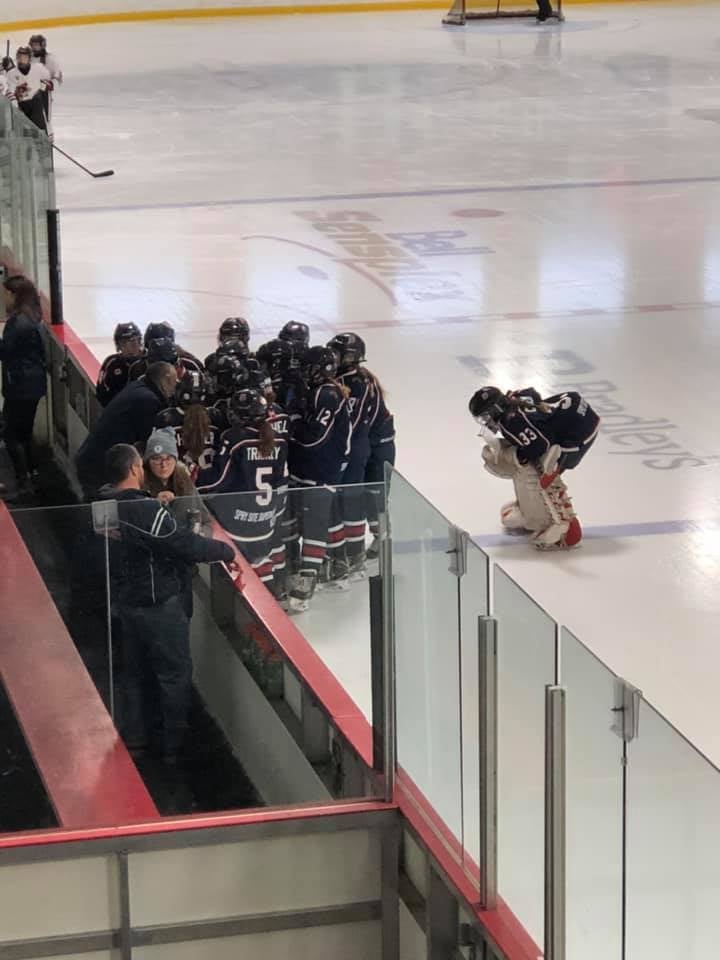The featured image on this page is of Daryl Belfry working with Patrick Kane using multiple pucks.
There are many cool challenges that we run, but the ones that generate perhaps the most questions are always challenges that include multiple pucks.
Watching players attempt to move multiple pucks down the ice can be painful for a parent. It’s a struggle. The player’s nervous system is being stressed. It’s easy to end up chasing pucks all over the ice when a player uses too much force and just as easy to look like a snail as they move the pucks with too little, prodding each only a couple of inches at a time.
So… why do we do it?
Every multi-puck challenge actually starts with one puck and one simple pattern for the player to work on. Most players will work at a comfortable pace and when asked to push themselves beyond their comfort level will increase the pace slightly, but still, perform the task with some semblance of composure and success.
The problem is that they never truly push themselves into a position that is beyond their current capabilities. The comfort zone is simply too comfortable.
By introducing first two pucks and later three or even four into the same skating and puck movement pattern the nervous system becomes stressed and the player is forced into an uncomfortable position. Not only must they use forethought to move the pucks into positions where they will eventually skate, but they must also think about how the other pucks are moving, put it all together, form a plan and then have their body execute it…. on the fly.
The pure mechanic of the challenge often becomes secondary to the thought process and this is where the magic happens. Great players can spend their time thinking about how the game is unfolding around them rather than about how they are going to move the puck through it.
As we stress their nervous system with multiple pucks the mechanics become automatic.
We always end the challenge with one puck and never in hundreds of challenges has the result not been incredible to watch. What was a labour 10 or 15 minutes earlier with one puck is now a smooth, quick, effortless procedure. After forcing the nervous system to work with multiple-pucks, having only one seems simple. Anything seems possible with only puck and that too, the belief that the mechanic is simple just adds to the magic.
Multiple pucks is just one tool our toolkit, but I hope other coaches will give it a try. The results are spectacular.
See you at the rink,
John Hoskin
Go2TheMax Hockey


